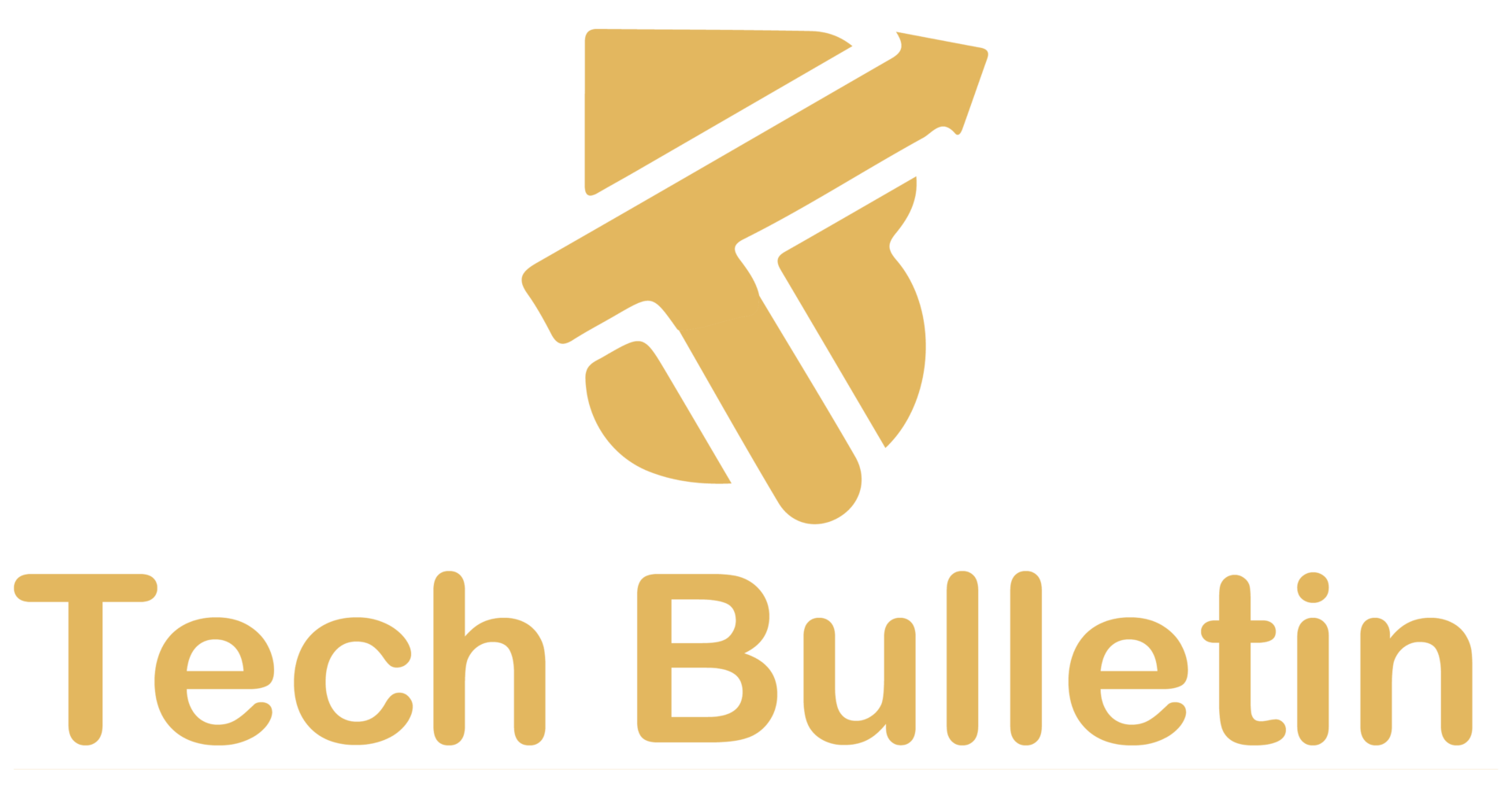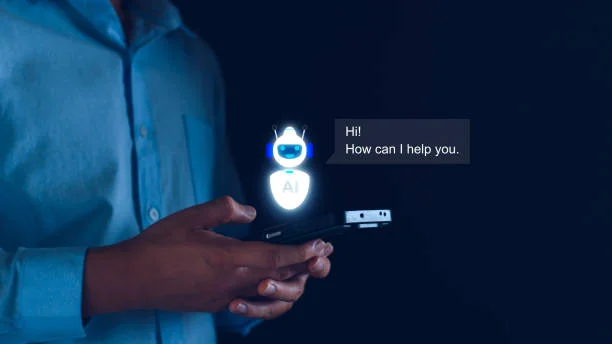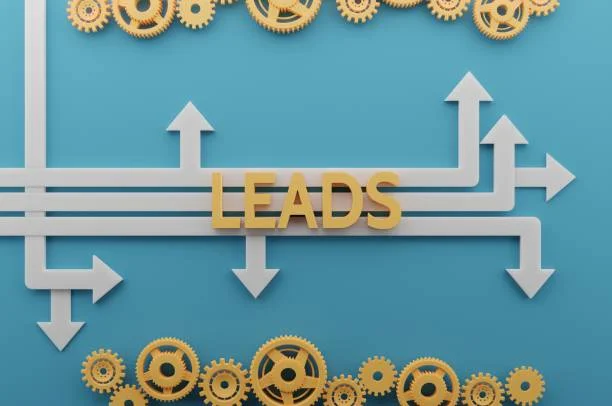How Email Marketing Automation Can Transform Your Business Growth
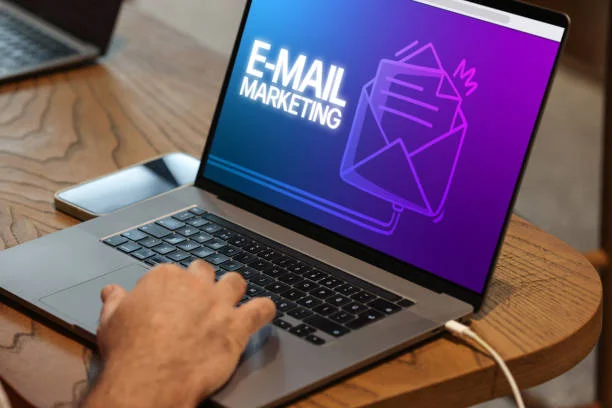
Email marketing automation refers to the use of software platforms to send out emails automatically based on predefined triggers and customer behaviors.
For example, when someone signs up for your newsletter, buys a product, or even leaves something in their shopping cart, the system knows when to send them an email that makes sense for that moment.
Instead of blasting everyone with the same message, automation helps you send emails that feel personal and timely, which means people are more likely to open them, read them, and take action.
Why Automation Matters in Email Marketing
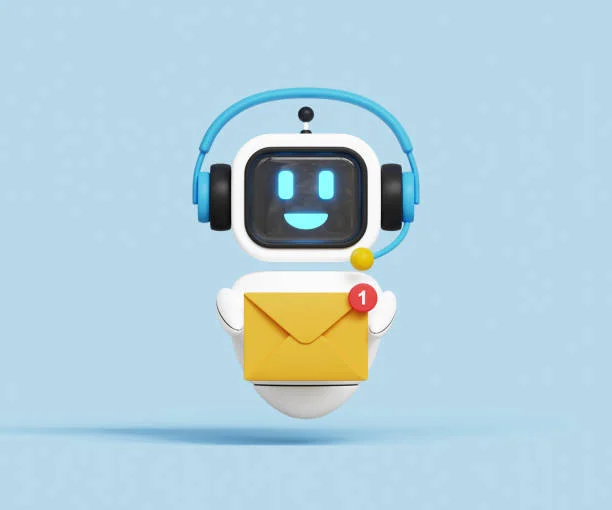
The average person receives dozens of marketing emails every day. Automation allows you to deliver relevant content tailored to the recipient’s interests and behavior, which boosts open rates and conversions. Moreover, it saves valuable time and resources for marketing teams by reducing repetitive tasks.
Key benefits include:
- Personalized Customer Experience: Automation lets you segment your audience and send emails that resonate with their specific needs or purchase history.
- Timely Engagement: Triggered emails, like welcome messages or post-purchase follow-ups, arrive when the customer is most likely to act.
- Increased Revenue: Well-crafted automated campaigns can turn prospects into loyal buyers and encourage repeat purchases.
- Improved Efficiency: Marketers can focus on strategy and creative work while automation handles routine email distribution.
Common Types of Automated Email Campaigns
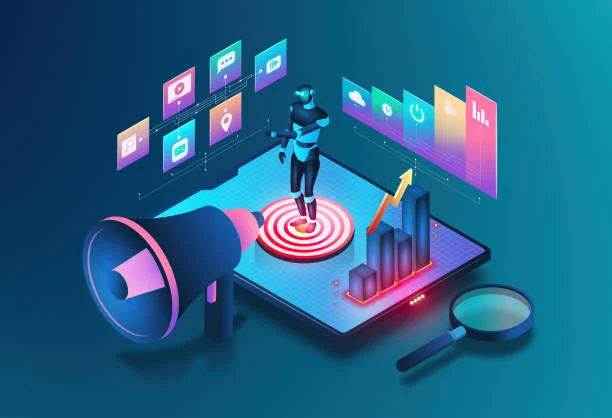
To make the most of email marketing automation, businesses often use a combination of these popular campaign types:
Welcome Series:
When a new subscriber joins your mailing list, a sequence of welcome emails introduces your brand and offers valuable content or incentives.
Cart Reminders:
E-commerce stores send reminders to shoppers who left items in their carts, encouraging them to complete the purchase.
Re-engagement Emails:
If subscribers have been inactive for a while, automated emails can nudge them back with special offers or updates.
Post-Purchase Follow-Ups:
After a customer buys a product, automated messages can request feedback, suggest related items, or offer discounts for future orders.
Special Occasion Emails:
Personal milestones are great occasions for sending thoughtful, automated greetings or exclusive deals.
How to Get Started with Automation

Implementing automated email campaigns involves several steps, but it doesn’t have to be complicated. Here’s a simple roadmap to help you launch your first workflow:
Choose the Right Platform:
Many email marketing services offer automation features, including Mailchimp, ActiveCampaign, HubSpot, and Klaviyo. Select one that fits your budget and business needs.
Define Your Goals:
What do you want your emails to achieve? More sales, better engagement, or improved customer retention? Clear goals will guide your campaign design.
Map Customer Journeys:
Identify key touchpoints where automated emails can add value like after sign-up, purchase, or inactivity.
Create Engaging Content:
Write concise, compelling messages with clear calls to action that align with your audience’s preferences.
Set Triggers and Timing:
Decide which actions will launch each email and the ideal intervals between messages to avoid overwhelming recipients.
Test and Optimize:
Monitor open rates, click-throughs, and conversions to refine your campaigns over time.
Best Practices for Automated Emails
To maximize the impact of your automated emails, keep these tips in mind:
- Segment Your Audience: Even within automation, targeting based on demographics, purchase history, or behavior enhances relevance.
- Keep It Human: Automated doesn’t mean robotic. Use friendly, conversational language to build trust and connection.
- Focus on Mobile: Ensure your emails look great and load quickly on smartphones and tablets.
- Provide Value: Every email should offer something meaningful, whether it’s information, discounts, or helpful tips.
- Avoid Over-Sending: Balance frequency to keep subscribers engaged but not annoyed.
Ways to Measure Success
Like any marketing effort, it’s important to track how your automated campaigns perform. Key metrics include:
- Open Rate: Percentage of recipients who open your email.
- Click-Through Rate (CTR): How many clicks on links within the message.
- Conversion Rate: The share of recipients who completed the desired action, such as making a purchase.
- Unsubscribe Rate: Number of people who opt out after receiving the email.
Analyzing these figures regularly allows you to adjust your messaging, timing, or segmentation to improve results continuously.
Final Thoughts
Email marketing automation isn’t just a trend; it’s a fundamental tool for businesses aiming to create meaningful customer relationships at scale. By delivering timely, personalized messages without manual effort, companies can enhance engagement, increase revenue, and streamline their marketing efforts.
If you haven’t already, consider exploring automation in your email campaigns. Start small with a welcome series or abandoned cart emails, then expand based on what resonates with your audience. With the right strategy and tools, automation can become a cornerstone of your digital marketing success.

